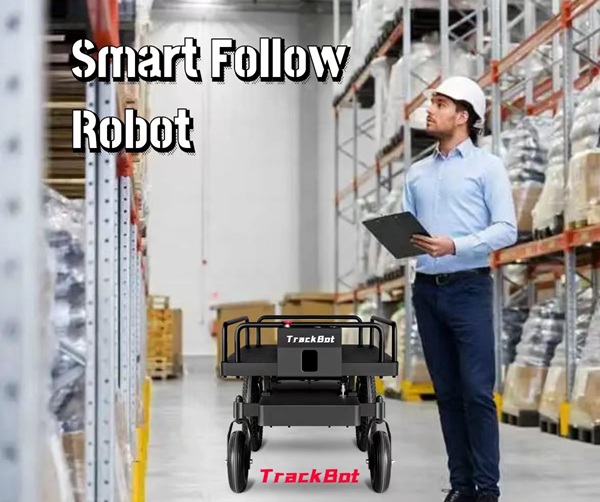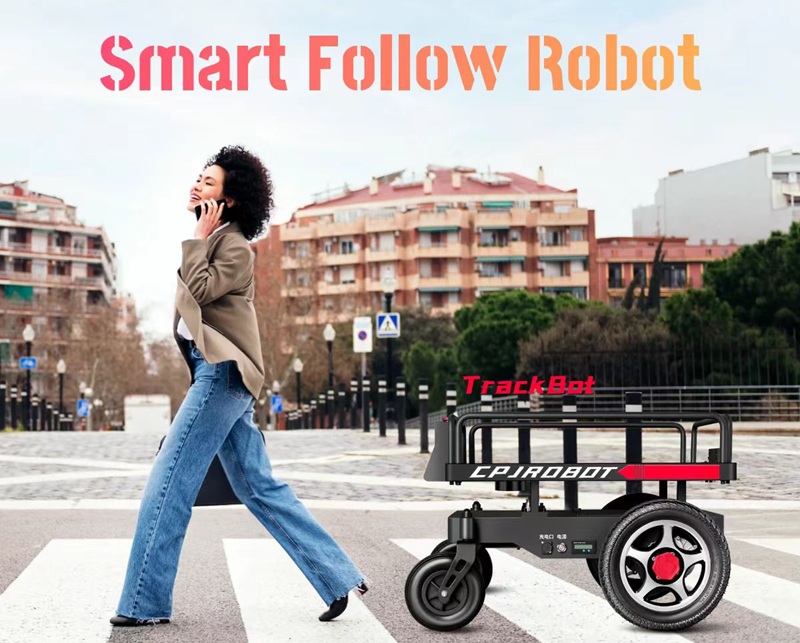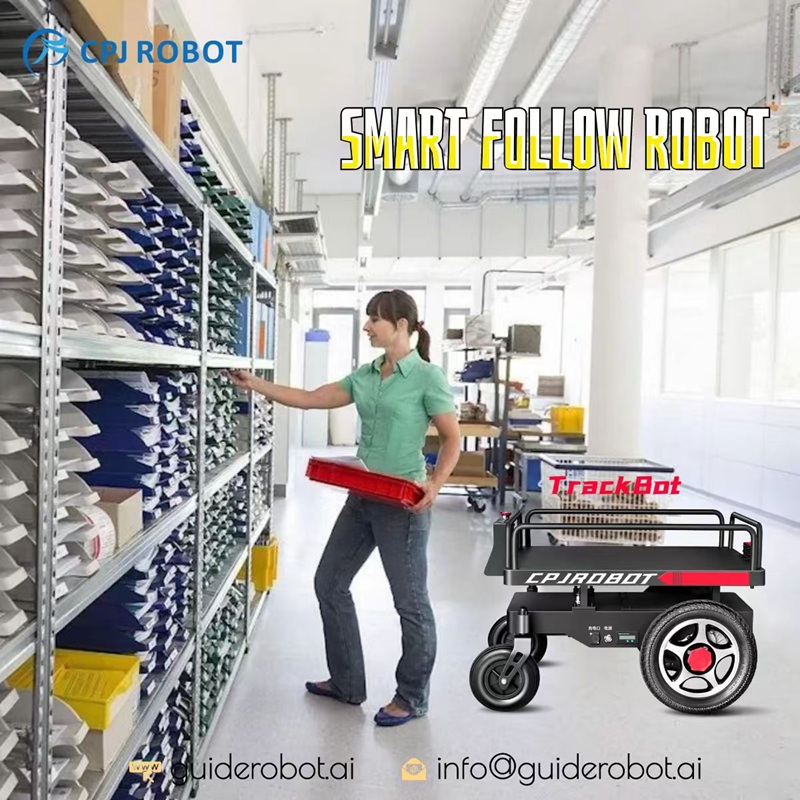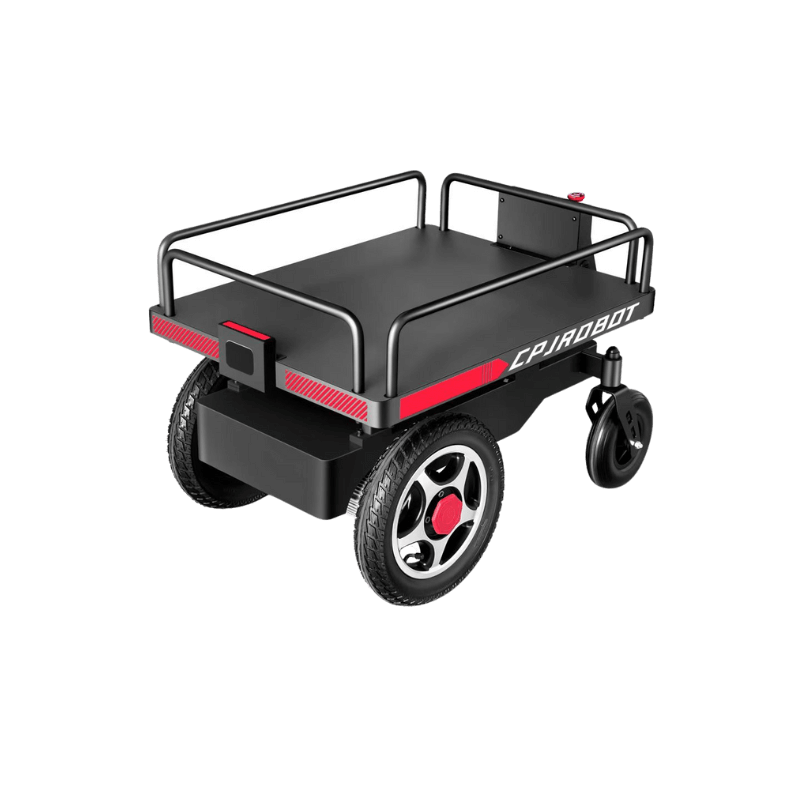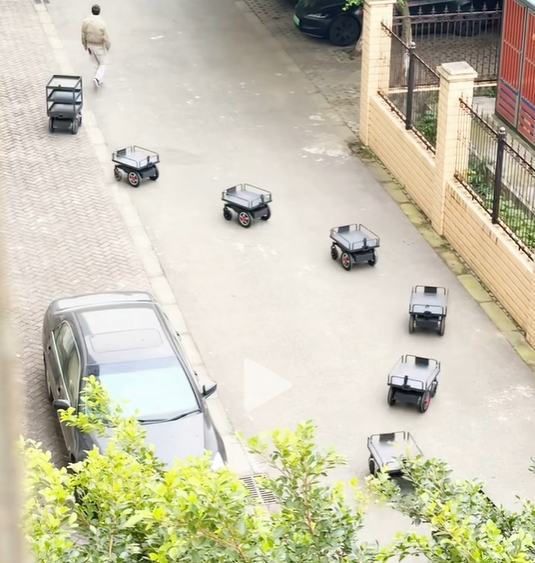AGV (Automated Guided Vehicle) robots are increasingly used across various sectors such as e-commerce, automotive, electronics, tobacco, and new energy. The navigation technology of AGV robots has evolved significantly, ranging from magnetic strip navigation and QR code navigation to SLAM (Simultaneous Localization and Mapping) laser navigation. Among these, SLAM laser navigation AGVs have become mainstream due to their precise positioning, infrastructure-free setup, no need for manual markers, flexible path planning, and strong environmental adaptability. Today, CPJ Robot shares insights on the application of LiDAR (Light Detection and Ranging) in mobile AGV robots.
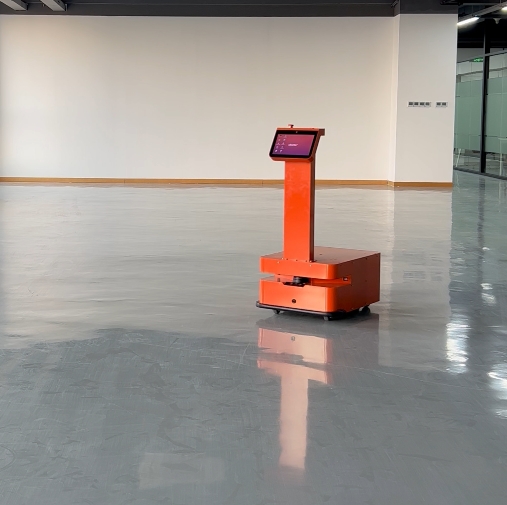
What is LiDAR?
LiDAR is a radar system that uses laser beams to detect the position, velocity, and other characteristics of a target. The working principle involves emitting a laser beam toward the target and then comparing the received signal (target echo) reflected back from the target with the emitted signal. By processing this data, LiDAR can obtain information about the target, such as distance, direction, height, speed, orientation, and even shape.
Application of LiDAR in AGV Robots
In the AGV sector, LiDAR primarily employs single-line LiDAR systems. Single-line LiDAR helps AGV robots avoid obstacles with high scanning speed, strong resolution, and high reliability. Compared to multi-line LiDAR, single-line LiDAR reacts more quickly in terms of angular frequency and sensitivity, making it more accurate in measuring the distance and precision of surrounding obstacles.
- Obstacle Avoidance with LiDAR in AGVsTraditional magnetic-guided AGV robots typically use two LiDAR sensors to achieve obstacle avoidance. Forklift AGVs, which require higher safety standards, usually deploy three obstacle avoidance radars: two in the front and one in the rear. Due to the vehicle’s structure, LiDAR is not suitable for mounting on the vehicle’s top, and since the scanning angle is generally 270°, most systems require placing two LiDARs in the front and rear or at diagonal positions to achieve 360° scanning coverage.
- Navigation and Positioning with LiDAR in AGVsCompared to obstacle avoidance radars, LiDAR used for navigation and positioning has higher technical requirements, especially in terms of precision and scanning range. The current AGV sector primarily utilizes 2D and 3D navigation radars, essentially distinguishing between single-line and multi-line LiDAR systems.
- 2D Navigation LiDAR: Primarily used for real-time navigation, 2D imaging lacks height information and cannot form a complete image.
- 3D Navigation LiDAR: Capable of dynamic real-time 3D imaging, 3D LiDAR can form real-time images and reproduce the shape and size of objects, restoring the three-dimensional spatial information.
Conclusion
The application of LiDAR in mobile AGV robots has revolutionized their capabilities, making them more efficient, reliable, and adaptable to various environments. Whether used for obstacle avoidance or navigation and positioning, LiDAR technology enhances the overall performance of AGV robots, supporting their widespread adoption in diverse industrial applications.
As LiDAR technology continues to evolve, it will further enhance the capabilities of AGV robots, making them more integral to the future of automated logistics and industrial automation.
